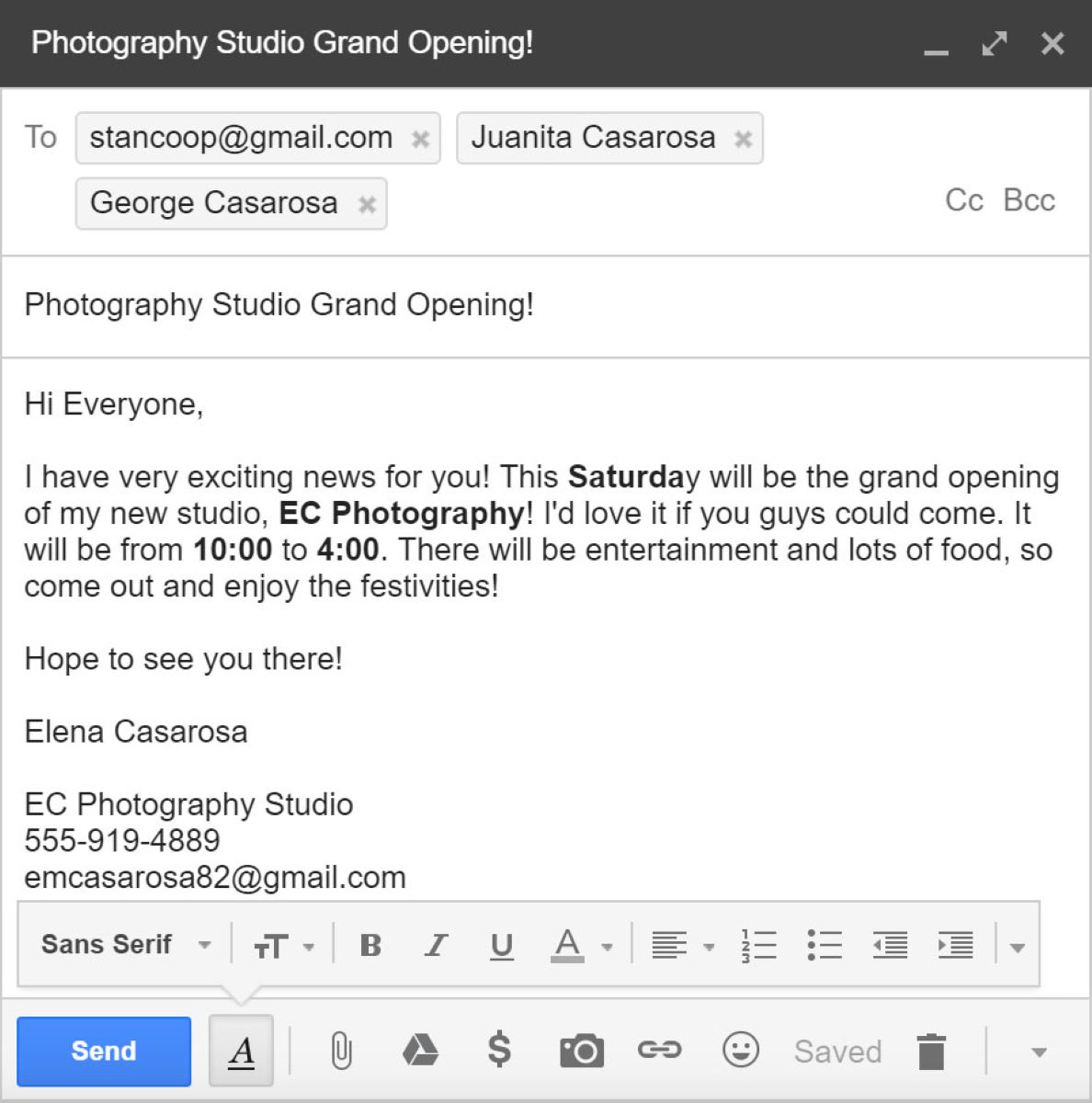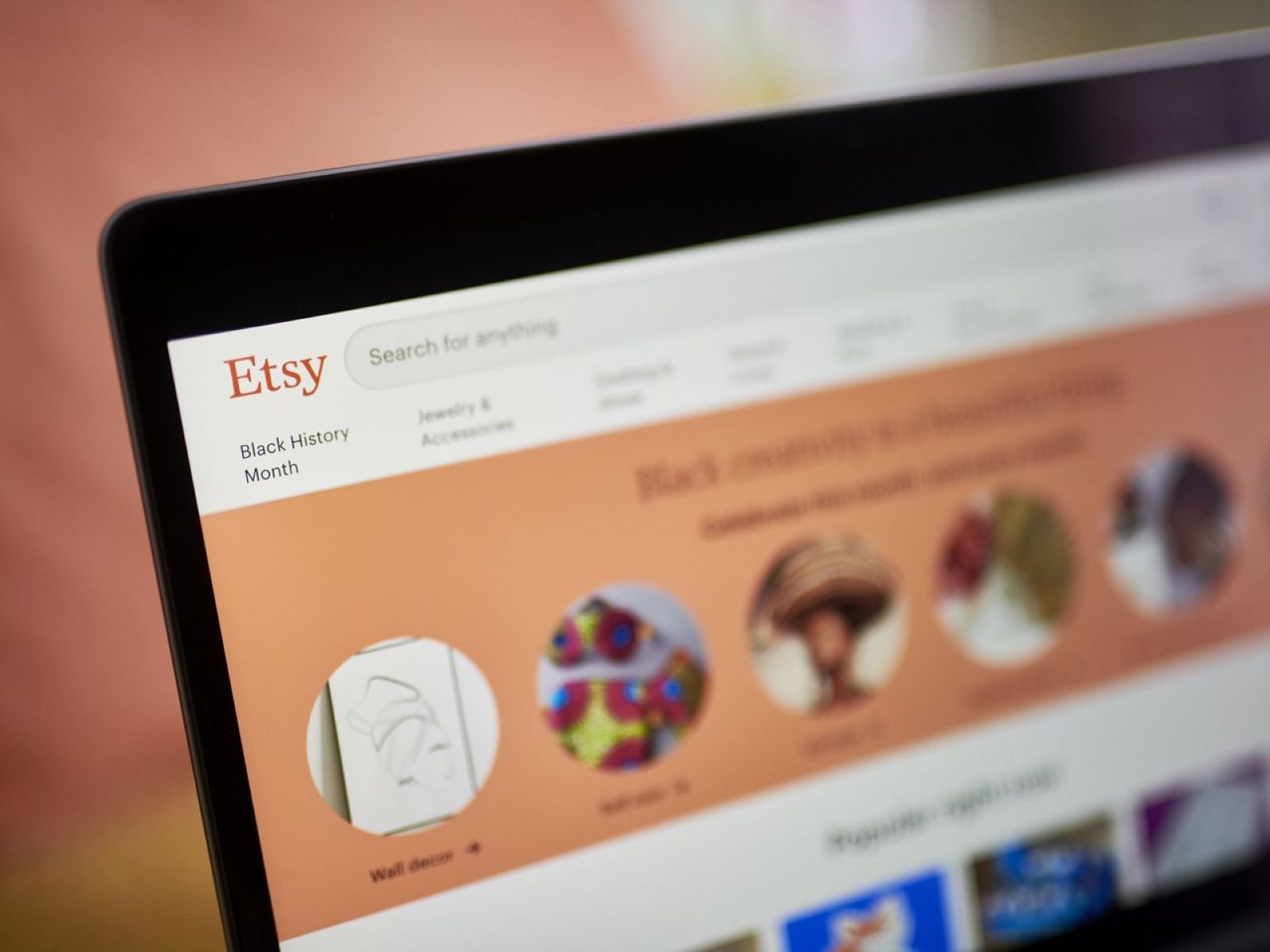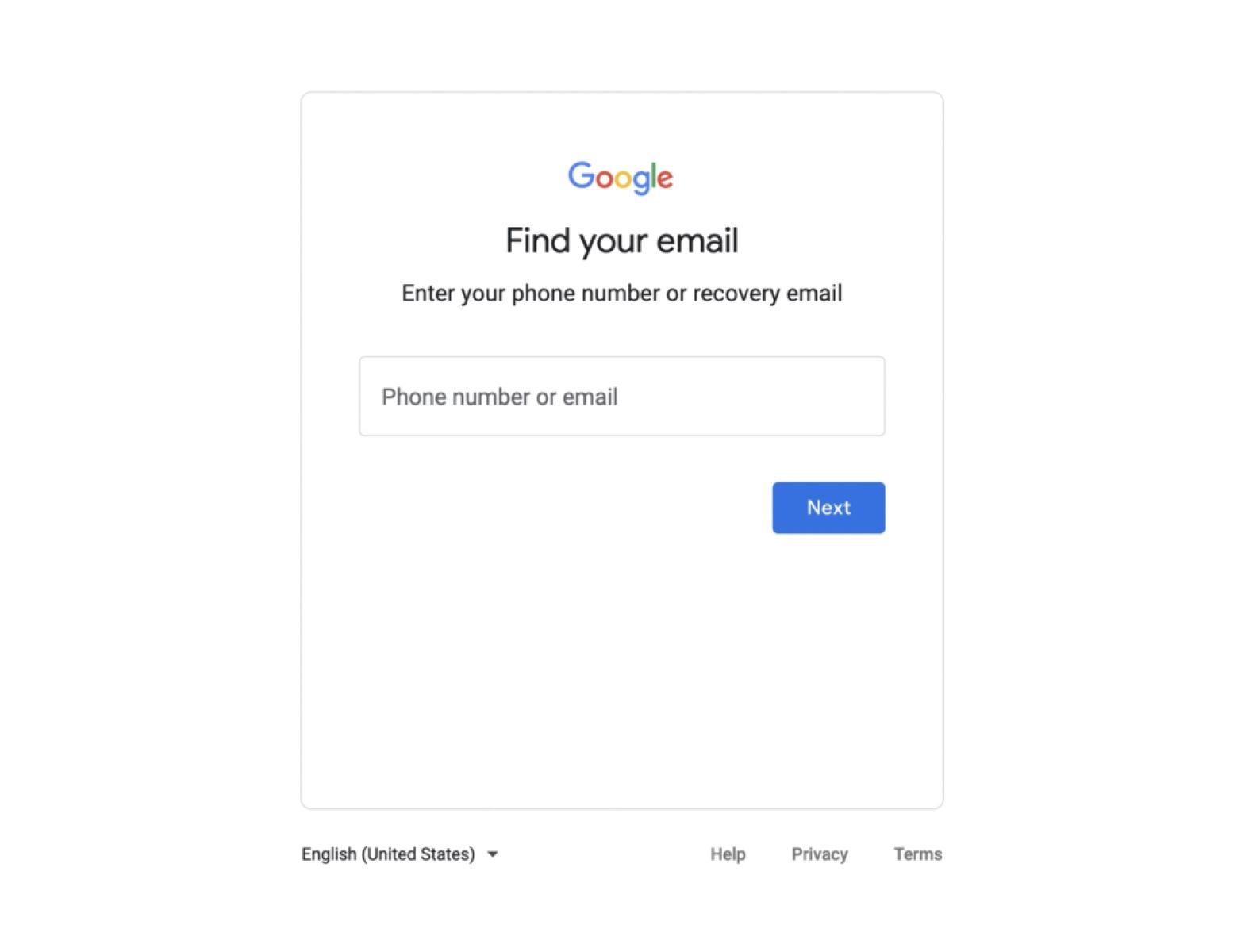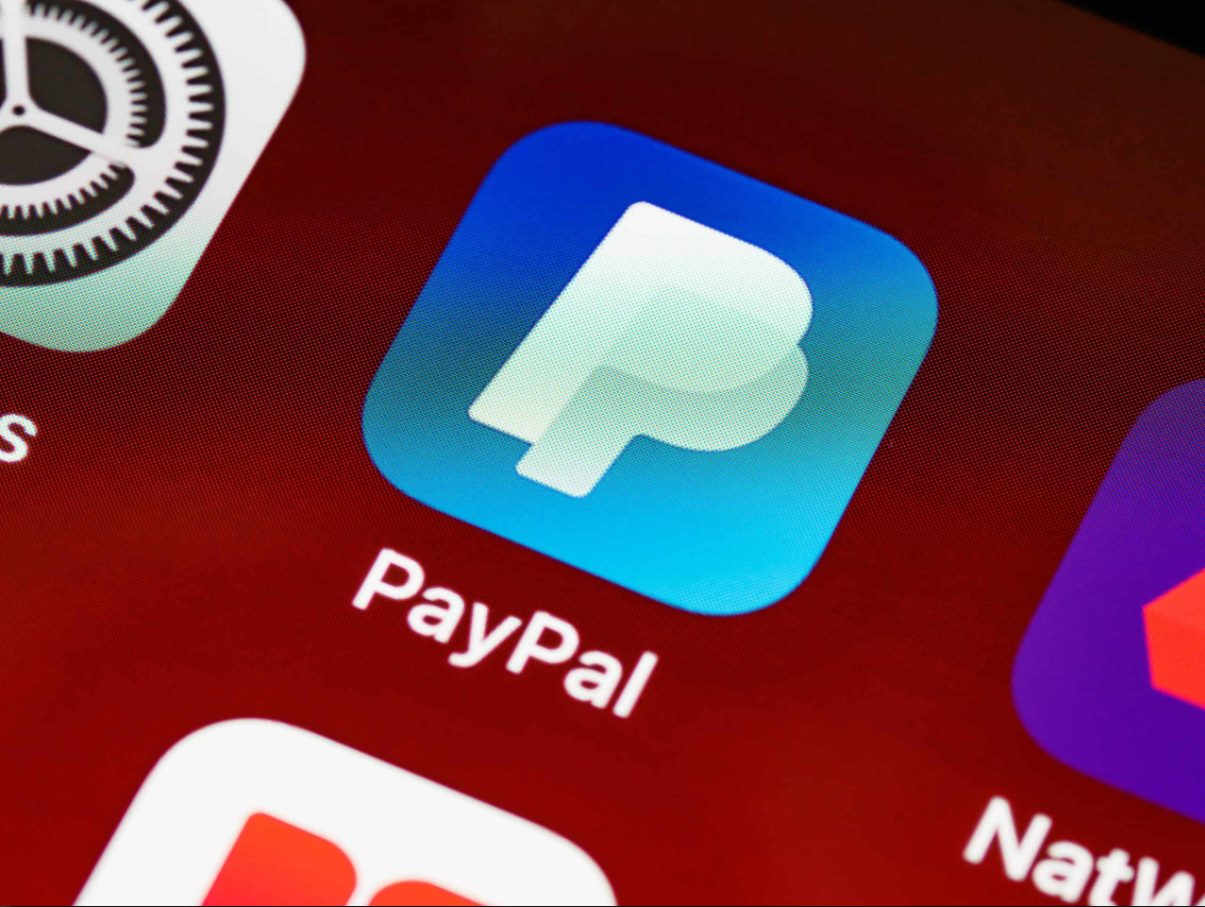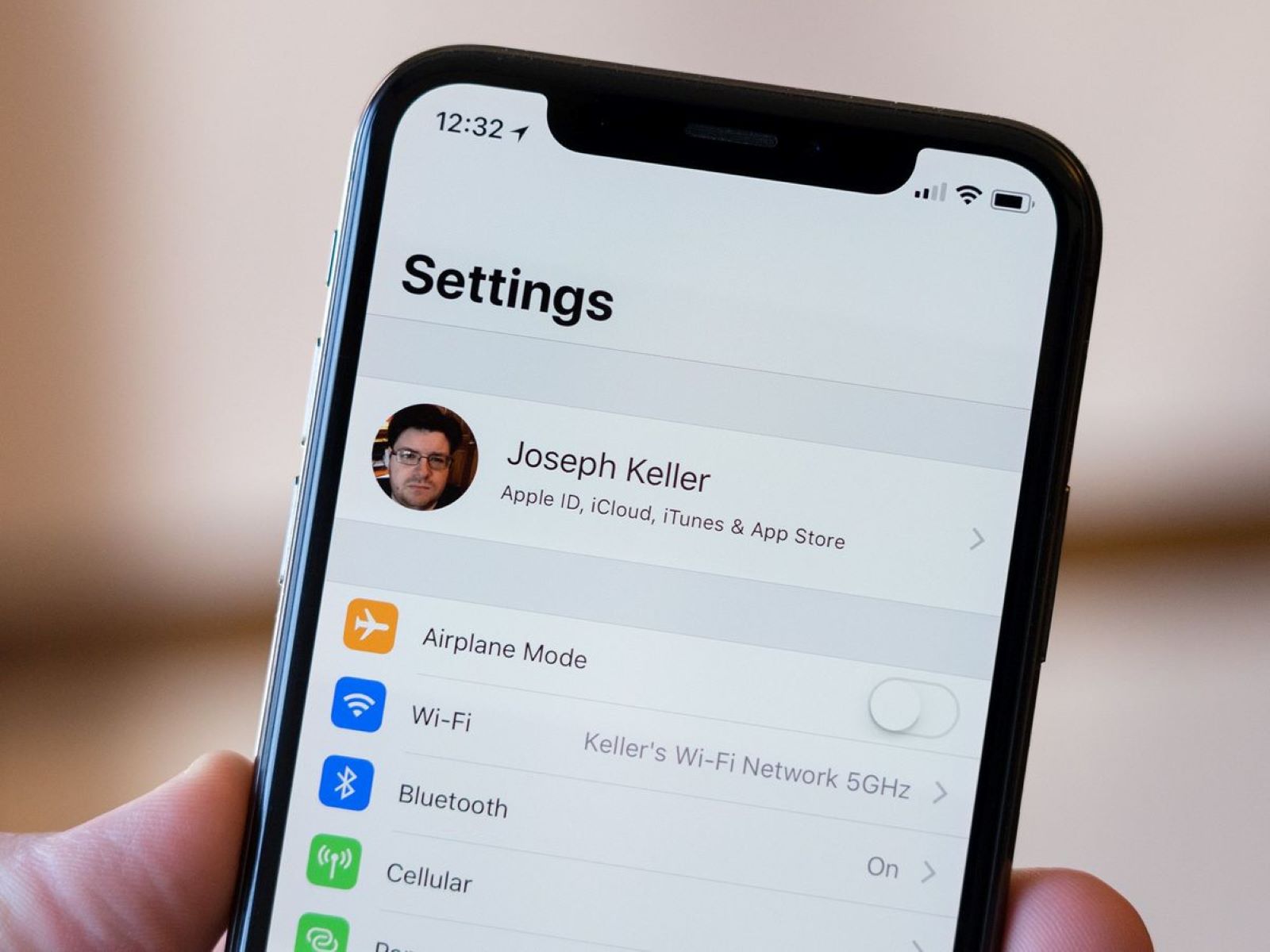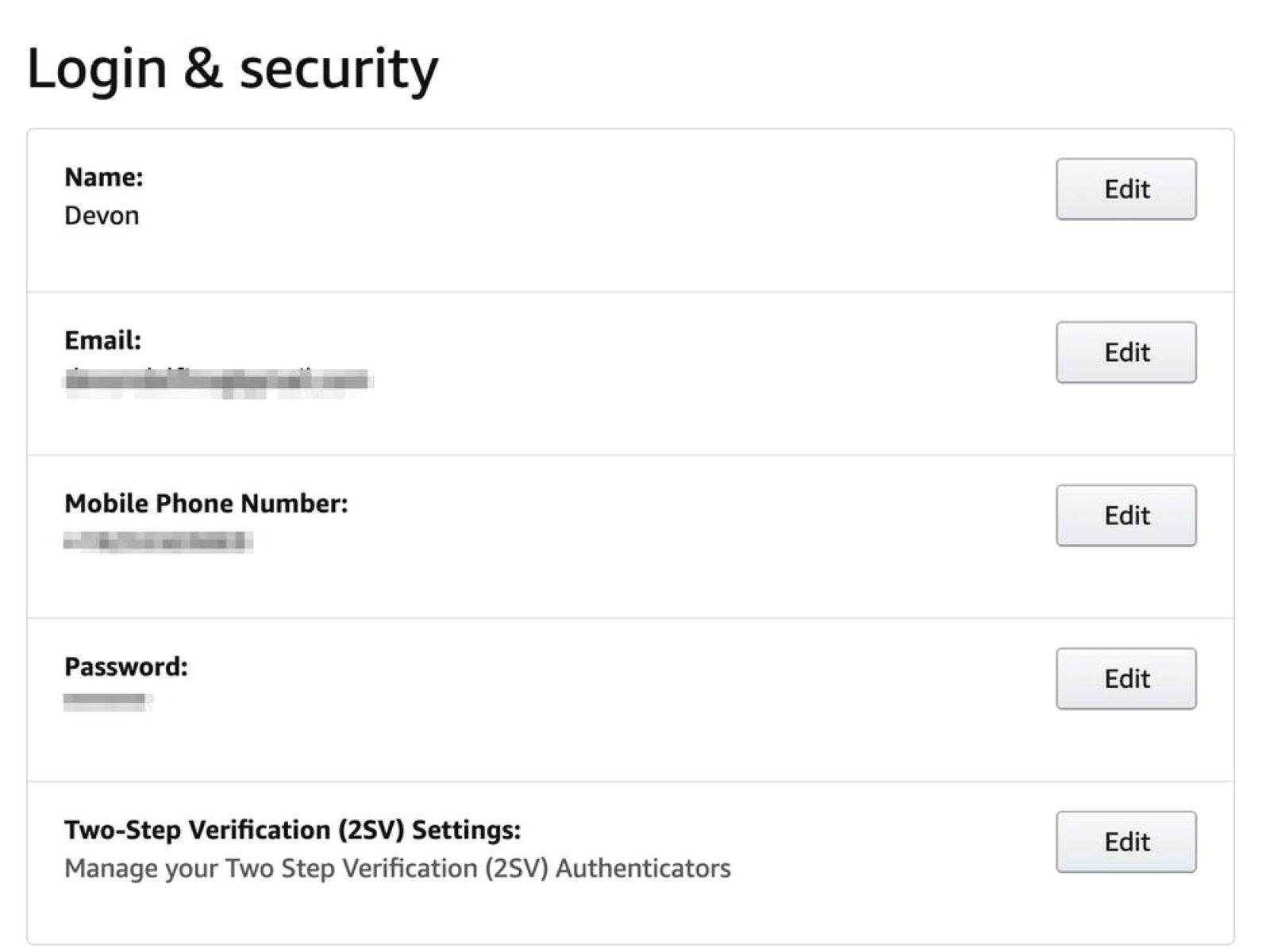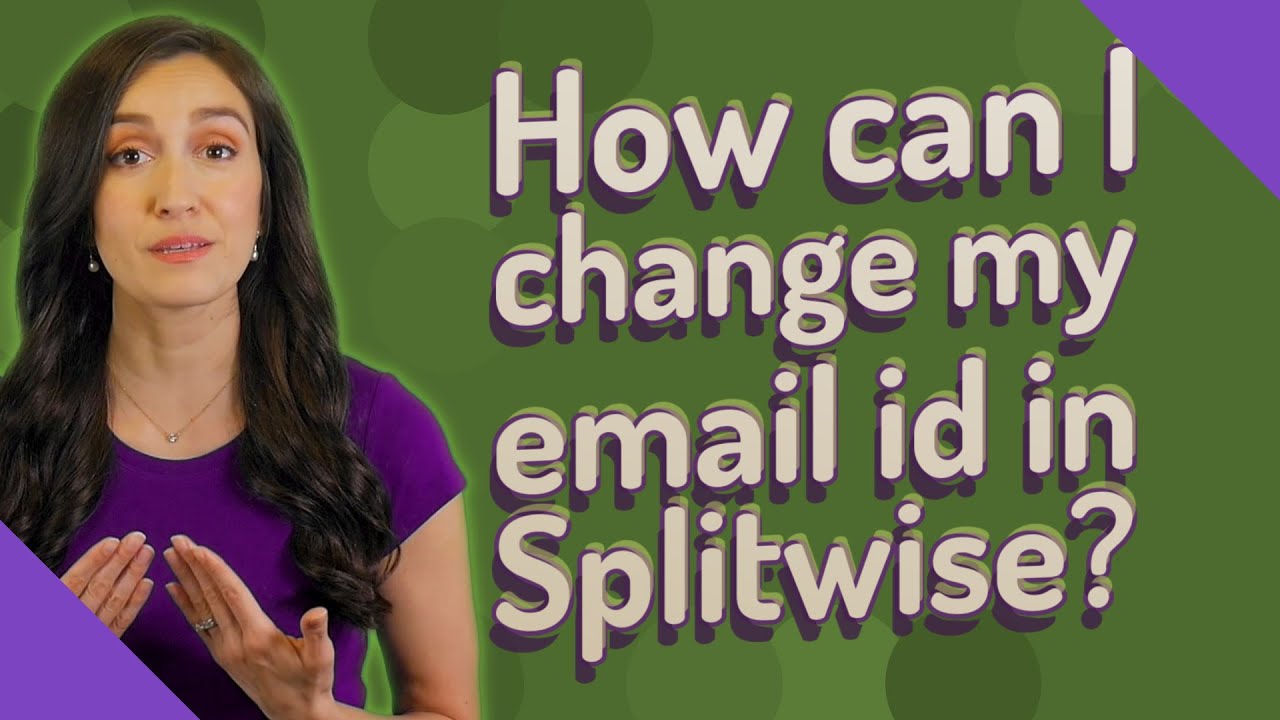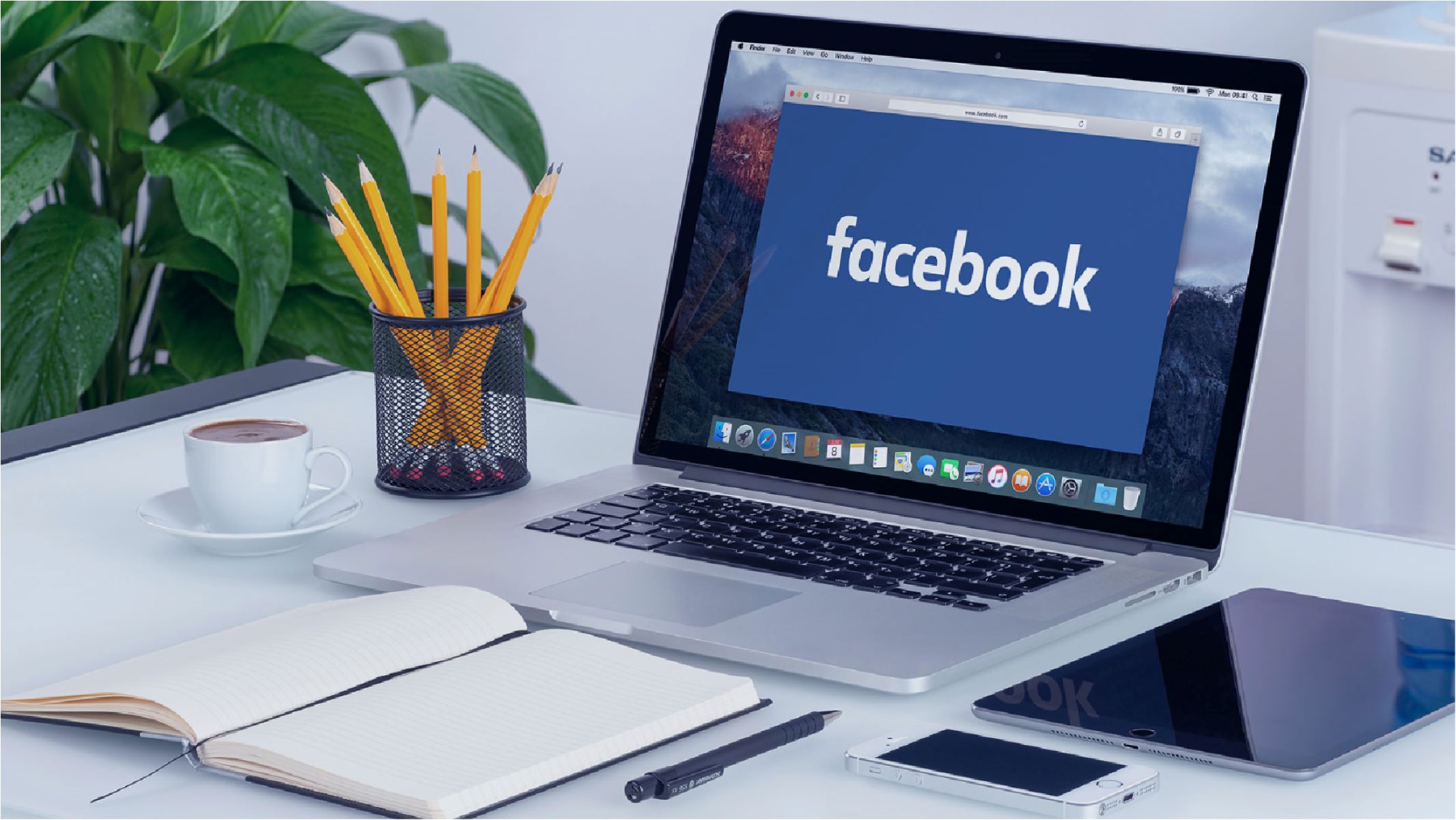Introduction
When it comes to professional communication, email remains one of the most widely used and preferred methods. Whether you’re sending a business proposal, reaching out to a potential client, or simply corresponding with colleagues, the way you address your email sets the tone for the entire conversation. It is important to ensure that your email is not only well-written and organized but also appropriately addressed to the recipient.
In this article, we will explore the key considerations when addressing an email. From creating a meaningful subject line to using appropriate greetings and closings, we will cover everything you need to know to make a positive impression through your email correspondence.
Addressing an email correctly demonstrates professionalism, respect, and attention to detail. It conveys your intent and sets the stage for effective communication. By following the guidelines outlined in this article, you’ll be equipped with the knowledge to address your emails confidently and appropriately in a variety of professional settings.
Create a Meaningful Subject Line
The subject line of an email is the first thing recipients see in their inbox, and it plays a crucial role in determining whether your email will be opened or ignored. To ensure your email stands out and captures the recipient’s attention, it’s essential to create a meaningful and concise subject line.
Avoid generic subject lines like “Hello” or “Important.” Instead, make it specific and descriptive, summarizing the purpose or topic of the email. For example, instead of writing “Meeting,” you could write “Request for Meeting – Project Update.”
By using descriptive language and including keywords that are relevant to the email’s content, you increase the chances of your email being recognized and prioritized. This is especially important when recipients receive numerous emails daily and need to quickly identify important messages.
Another essential aspect of creating a meaningful subject line is keeping it concise. Most email clients display only a limited number of characters, so aim to keep your subject line under 50 characters. This ensures that the entire subject line is visible to the recipient, allowing them to understand the purpose of your email at a glance.
Remember, the subject line is like a headline for your email. It should grab the recipient’s attention and convey the urgency or importance of the message. A well-crafted subject line sets the tone for the email and increases the likelihood of a prompt response or action from the recipient.
Use Appropriate Greetings and Closings
When addressing an email, the choice of greeting and closing plays a significant role in establishing a professional tone and building rapport with the recipient. It’s important to consider the level of formality and the nature of your relationship with the recipient when selecting the appropriate salutation and closing.
For a formal or professional email, it is best to use a formal greeting such as “Dear Mr. Smith” or “Dear [Recipient’s Name].” This demonstrates respect and professionalism. However, if the relationship is more casual or informal, you can opt for a simpler greeting like “Hello” or “Hi [Recipient’s Name].” It’s important to strike the right balance depending on the context of the email.
Similarly, the closing of the email should also reflect the level of formality. For formal emails, consider using phrases such as “Sincerely” or “Best regards.” If the relationship is more casual or informal, options like “Regards” or “Thanks” can be appropriate. However, it’s important to avoid overly casual closings such as “Cheers” or “Take care” in a formal or professional setting.
Another consideration is cultural differences and email etiquette in international communication. Different cultures may have specific greetings and closings that are appropriate. It’s important to do some research to ensure you use respectful and appropriate greetings and closings when communicating with individuals from different cultural backgrounds.
Remember to always use the recipient’s name (if known) in your greeting and double-check for any typos or misspellings. Taking the time to address the recipient properly and use suitable greetings and closings helps establish a professional tone and shows that you value the recipients’ time and attention.
Address the Recipient Properly
When it comes to addressing the recipient in your email, it is essential to use the correct title and name. This shows respect and professionalism, and it also ensures that your email reaches the intended recipient.
If you are unsure about the recipient’s preferred title or name, it is best to do some research or ask them directly. Using the wrong title or misspelling their name can come across as careless or unprofessional.
In a professional setting, it is common to use titles such as “Mr.,” “Ms.,” or “Dr.,” followed by the recipient’s last name. For example, “Dear Mr. Johnson” or “Hello Dr. Smith.” This demonstrates a level of formality and respect.
When addressing someone with whom you have a more informal relationship, such as a colleague or a client you are on a first-name basis with, you can use their first name. For example, “Hello John” or “Hi Sarah.”
If you are sending an email to a group of people, it is important to address them appropriately. You can either use a general salutation such as “Dear Team” or “Hello Everyone,” or you can address each person individually if you have their names. Avoid using generic terms like “Hey guys” in a professional context as it may not be inclusive or appropriate.
Remember to double-check the spelling of the recipient’s name and ensure that it is spelled correctly. Paying attention to these details conveys professionalism and shows that you value the individual you are communicating with.
Pay Attention to Tone and Language
The tone and language you use in your email can greatly impact how your message is received by the recipient. It’s important to strike the right balance, ensuring that your email comes across as professional, respectful, and clear.
When drafting your email, consider the purpose and the recipient’s expectations. Use a tone that is appropriate for the situation. For formal or professional emails, maintain a polite and business-like tone. Avoid using overly casual or informal language that may be seen as unprofessional.
Be mindful of your choice of words and phrases. Avoid using jargon or technical terms that the recipient may not understand, unless you are certain that they will be familiar with them. Keep your language concise and to the point, avoiding unnecessary fluff or filler words that can clutter the message.
It’s important to ensure that your email is clear and easy to understand. Use plain language and avoid complex sentence structures or excessive use of acronyms. If necessary, provide explanations or additional context to ensure that the recipient fully understands your message.
Take the time to proofread your email and check for any grammatical or spelling errors. Poor grammar and spelling mistakes can undermine your professionalism and credibility. Consider using tools like spell checkers or grammar checkers to help identify and correct any errors.
Lastly, be mindful of the tone of your email. Avoid using a confrontational or aggressive tone, even if you are addressing an issue or concern. Instead, adopt a polite and objective tone, focusing on finding a resolution or conveying your message effectively.
By paying attention to the tone and language of your email, you can ensure that your message is received positively and effectively conveys your intentions to the recipient.
Proofread Before Sending
Before clicking the send button, it is crucial to take a moment to proofread your email. Proofreading allows you to catch any errors or mistakes that may have been overlooked during the writing process. It helps ensure that your email is clear, professional, and free from any grammatical or spelling errors.
Start by reading through your email carefully, paying attention to both the content and the structure. Check for any typos, misspellings, or grammatical errors that may have slipped through. Look out for punctuation errors, such as missing commas or periods, which can affect the clarity and readability of your email.
Take the time to review the overall structure and flow of your email. Ensure that your thoughts are organized logically and that the message is clear and concise. Avoid long, convoluted sentences or paragraphs that may confuse the reader. Break up large blocks of text into smaller paragraphs to improve readability.
It is also important to double-check the accuracy of any facts or figures mentioned in your email. Verify that you have provided the correct dates, names, or any other specific details that are crucial for the recipient’s understanding.
Consider reading your email aloud or asking a colleague to review it for you. Sometimes, hearing the words can help you identify awkward phrasing or areas that need clarification. Getting a fresh perspective from someone else can also help you spot errors or inconsistencies that you may have missed.
Additionally, pay attention to the tone and overall impression your email conveys. Make sure that your message comes across as respectful, professional, and approachable. If there are any sections that might be misinterpreted or could be seen as offensive, consider revising them to maintain a positive tone.
By taking the time to proofread your email before sending, you can ensure that it is error-free, well-structured, and presents you in the best possible light to the recipient.
Double-Check Attachments
When sending an email with attachments, it is crucial to double-check that the files are correctly attached before hitting the send button. Forgetting to attach a file or sending the wrong file can lead to confusion, delays, and potential misunderstandings with the recipient.
Before sending the email, take a moment to review the attachments section. Ensure that all the intended files are listed and that they correspond to the content mentioned in the body of the email. This step is especially important when sending multiple attachments or when referencing specific files within the email.
Click on each attachment to open and verify its contents to ensure they match your expectations. This is particularly important if you have made any last-minute changes or updates to the attached files.
Pay attention to the file format as well. Some recipients may have limited compatibility with certain file formats. Consider whether it’s necessary to convert the files into a more universally compatible format to avoid any potential issues.
If the files are large or numerous, it’s a good practice to compress them into a zip file before attaching. This not only saves space but also makes it easier for the recipient to download and access the files without any hassle.
Additionally, if you have mentioned specific attachments or referred to their content in the body of the email, make sure to mention them explicitly, so the recipient knows what to expect. For example, you can say, “Please find attached the proposal document and the financial statements mentioned in our previous conversation.”
By double-checking the attachments, you demonstrate attention to detail and professionalism. This simple step can save both you and the recipient from the frustration of missing or incorrect attachments, ensuring a smooth and efficient exchange of information.
Respond in a Timely Manner
One of the fundamental aspects of effective email communication is responding promptly to the emails you receive. Whether it’s a simple acknowledgement or a comprehensive response, timely replies show that you value the sender’s time and are committed to open and efficient communication.
When you receive an email, it’s important to assess its urgency and prioritize your response accordingly. If the email requires immediate attention or if it contains time-sensitive information, make it a priority to reply as soon as possible. This helps to avoid any delays or misunderstandings.
Even if an email does not require an immediate response, it is still good practice to reply within a reasonable timeframe. Leaving emails unanswered for an extended period can create frustration and hinder effective collaboration or decision-making.
Keep in mind that timely responses not only show professionalism but also help maintain positive relationships with clients, colleagues, or business partners. Promptly addressing inquiries, requests, or concerns demonstrates your reliability and dedication to providing excellent customer service or support.
If you are unable to respond to an email immediately, it is still courteous to acknowledge the receipt of the email and provide an estimated timeframe for your response. This simple gesture shows respect and keeps the sender informed about when they can expect to hear back from you.
However, while it is important to respond promptly, it is equally essential to ensure that your response is thoughtful and well-crafted. Take the time to carefully read and understand the content of the email before crafting your reply. This ensures that you address all the necessary points and provide a comprehensive and meaningful response.
By responding in a timely manner, you demonstrate professionalism, reliability, and efficiency. It helps to foster effective communication, build trust, and maintain positive relationships in both professional and personal contexts.
Use Formality According to the Context
When writing emails, it is crucial to consider the level of formality appropriate for the specific context and the nature of your relationship with the recipient. Adapting the level of formality in your email helps to create a professional tone and maintain respectful communication.
For formal or professional settings, such as contacting clients, superiors, or business partners, it is important to use a more formal tone and language. Use complete sentences, proper grammar, and avoid casual or colloquial language. This demonstrates professionalism and establishes a level of respect.
In more informal situations, such as writing to colleagues or people with whom you have an existing rapport, you can adopt a more relaxed and conversational tone. This allows for a more friendly and approachable exchange. However, it is still important to ensure that your language remains appropriate and professional.
Consider the nature of the email’s content when deciding on the level of formality. If the email addresses sensitive or serious matters, regardless of the relationship with the recipient, it is best to err on the side of formality. On the other hand, emails discussing casual or social topics may allow for a more informal and friendly tone.
Take note of the tone set by the recipient in their email as well. If they use a formal tone, it is respectful to mirror their level of formality in your response. However, if they adopt a more casual tone, you can adjust accordingly while maintaining professionalism.
It is essential to gauge the appropriateness of humor or jokes in your emails. While humor can help build relationships and rapport, it can also be easily misinterpreted or inappropriate in a professional setting. Use discretion and be mindful of cultural, social, and professional norms when incorporating humor into your email.
Remember that using formality in your email communication helps to convey professionalism, respect, and credibility. Adapting the level of formality to the specific context and recipient ensures that your email is received positively and promotes effective and professional communication.
Maintain Professionalism and Respect
When corresponding via email, maintaining professionalism and respect is of utmost importance. Email communication represents you and your organization, so it’s crucial to ensure that your messages are professional, courteous, and respectful at all times.
First and foremost, address the recipient with appropriate greetings and use proper language throughout the email. Avoid using slang, abbreviations, or overly casual language that may be deemed unprofessional or disrespectful.
Keep your tone neutral and avoid using abrasive or confrontational language. Even if you disagree with the recipient or need to address a concern, it is essential to do so in a respectful and constructive manner. Maintain a solution-oriented mindset and focus on finding common ground rather than escalating conflicts.
Take care when discussing sensitive or confidential information. Ensure that the email is sent to the intended recipient(s) and that any confidential information is properly labeled or encrypted if necessary. Use discretion and refrain from sharing sensitive information unnecessarily.
Avoid sending or forwarding unverified information or rumors through email. Misinformation can cause confusion, harm reputations, and damage professional relationships. Verify the accuracy of the information before including it in your email or consider discussing it in person if appropriate.
Respond to emails in a timely manner, even if it is just to acknowledge receipt and indicate when a detailed response can be expected. Strive to meet deadlines and commitments outlined within the email or communicate promptly if any challenges arise that may affect your ability to deliver.
Proofread your emails before sending them to catch any errors, typos, or misleading statements. Emails riddled with mistakes can be perceived as unprofessional and may undermine your credibility as a reliable communicator.
Lastly, always maintain confidentiality and adhere to any applicable legal or ethical guidelines regarding privacy and data protection. Respect the recipient’s privacy and do not share their contact information or email contents without proper consent.
By maintaining professionalism and respect in your email communication, you establish trust, build positive relationships, and create a favorable impression of yourself and your organization.
Follow Email Etiquette Guidelines
Following email etiquette guidelines is essential for effective and professional communication. These guidelines help ensure clarity, courtesy, and efficiency in your email exchanges. Here are some key email etiquette practices to keep in mind:
- Use a clear and concise subject line: Clearly summarize the content or purpose of your email in the subject line to help the recipient understand its importance.
- Keep the email brief and to the point: Respect the recipient’s time by getting straight to the main points and avoid unnecessary details or lengthy explanations.
- Use proper formatting: Use paragraphs, bullet points, and numbered lists to make your email more readable and organized. Avoid excessive use of capital letters and multiple exclamation marks, as they can come across as aggressive or unprofessional.
- Reply to the sender, not all recipients: If you receive an email sent to multiple recipients, reply only to the sender unless your response is relevant to all recipients. This helps to avoid cluttering others’ inboxes unnecessarily.
- Be mindful of the tone: Use a polite and professional tone in your emails. Avoid using sarcasm or humor that may be misinterpreted. Imagine how your words may be perceived by the recipient before hitting send.
- Avoid excessive use of “Reply All”: Use the “Reply All” option only when it is necessary for everyone in the email thread to be included in the conversation. Unnecessary “Reply All” responses can create email overload and confusion.
- Respect email privacy: Do not share or forward someone’s email without their permission. Ensure that you are not revealing confidential information or violating any privacy agreements.
- Use professional language and proper grammar: Pay attention to your choice of words and grammar. Proofread your email before sending to avoid spelling or grammatical mistakes that may undermine your professionalism.
- Double-check before hitting send: Take a moment to review your email before sending it. Ensure that all the necessary information is included, attachments are attached, and recipients are correct.
- Use an appropriate email signature: Include a professional email signature at the end of your email, including your name, position, contact information, and any relevant links or disclaimers.
By following these email etiquette guidelines, you can ensure that your emails are well-received, effective, and contribute to positive and professional communication.
Conclusion
Email communication is an integral part of professional discourse, and how we address our emails can greatly impact the overall effectiveness of our communication. By creating meaningful subject lines, using appropriate greetings and closings, addressing recipients properly, and paying attention to tone and language, we can ensure that our emails make a positive impression and convey our messages clearly.
Proofreading our emails before sending, double-checking attachments, responding in a timely manner, using formality according to the context, maintaining professionalism and respect, and following email etiquette guidelines all contribute to effective email communication. These practices help us convey professionalism, respect, and competence in our interactions, which are key factors in building successful relationships and achieving our communication goals.
Remember that email is not just a means of exchanging information, but also an opportunity to showcase our professionalism, respect, and attention to detail. By consistently applying these principles and being mindful of our email communication, we can strengthen our professional image and enhance our overall effectiveness in the digital workplace.







